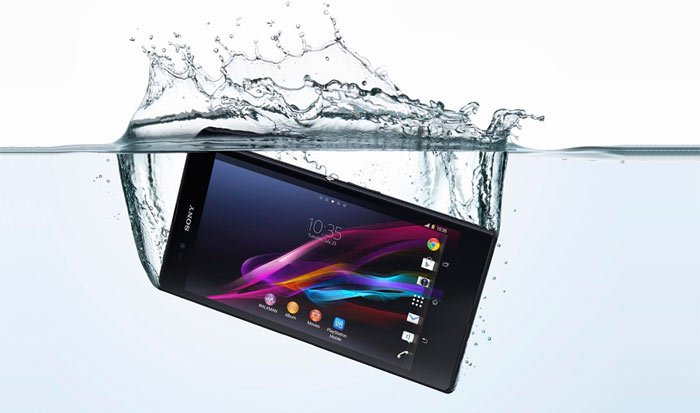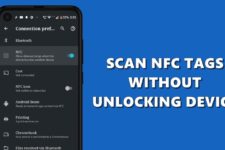
In the past couple of years, we have seen Android devices that are water-resistant, which means that they won’t be damaged even if you dunk them in water. The Sony Xperia devices are a great example. What if you own a non water-resistant Android device, and got it wet in water? You might have got beaten by the rain, or forgot your device in your pocket, and left it in the washing machine to wash. In situations such as these, there is no need to panic at all. There is about an 80 % chance that you might recover your device when water damaged.
In this post, we would cover some important steps and safety measures in order to revive you water damaged Android smartphone. It is always a good choice to leave a situation like this to the professionals, but you will need to act fast before your Android device goes dead. Following are all the first-aid tips to revive your Android device, and get it to functioning back properly.
Before you do anything to your wet Android smartphone, take it out of the water immediately and switch it off to prevent any shot-circuits.
Caution!
In a situation like this, what not to do is much more important than what to do. A single wrong move, and your Android device will be history. The following are some of the dangerous things which might totally destroy your wet Android smartphone :
- Do not turn your Android device on.
- Do not shake the device, as it will only make the situation worse.
- Do not connect it to a power source.
- Do not try to press any of the buttons.
- Do not blow in it, as it might push the water droplets deep inside the components.
- Do not try to dissemble your Android device. Your device has a Liquid Damage Indicator (LDI) built in. It might trigger when you take your phone apart, which will void your warranty.
Steps To Save Your Device!
- Firstly, take your device off the water, and immediately switch it off to avoid any malfunctions.
- Take a dry towel, and start smudging up the water on the device.
- Now, remove the back case and leave it to dry. Note that this isn’t possible in some device such as the HTC One, Nexus 6 or the Xperia Z series of devices. If your device allows you to remove the battery, go ahead and keep it in a dry place.
- Eject any SIM card(s), and a SD Card if you have any.
- Hold the phone in an upright position, and let the water droplets flow out of the device. Take a dry cloth, and wipe off any moisture left on the device.
- If you’re sure that there’s still a decent amount of water inside of your device, you can use a vacuum to suck out the air. Remember not to use a hair dryer or blow inside the device, as it might push the moisture deeper inside the components.
- Once you’re done with that, take a tight zip-lock bag or bucket filled with rice, and put your wet device in it for a day or two. For those of you who don’t know, rice absorbs water fast and more efficiently, thus leaving your device moisture-free!

- Take your Android device off the zip-lock bag, and leave it under the sun for about 12 hours. In the mean time, you can use an alternate device to make calls, or send texts.
- Now, acquire the battery you removed, and insert it into your phone. Try switching it on. If your device switches on normally, and works perfectly, great work! But if it doesn’t, try charging your device. If it doesn’t work, try using another battery, as the battery might have got damaged in the water. If your device doesn’t show any sign of survival, take it to a repair center, and tell them all that happened. If they are ready to fix it for you, go ahead.
Great work! You’ve successfully got your wet Android device to function properly! From now on, be careful with your Android device when near water. To prevent your device from getting water damaged in the future, you can buy some protective cases for it!
If you have any queries regarding this process, feel free to leave a comment below!



Join The Discussion: